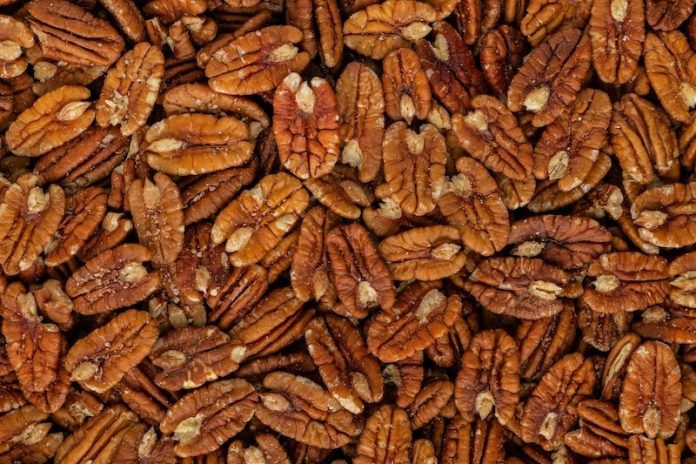
When it comes to managing diabetes, diet plays a crucial role. Nuts, with their healthy fats, fiber, and protein, are often recommended as part of a diabetic-friendly diet.
But with so many types available, which nuts are the best choice for someone with diabetes?
Let’s break it down into simpler terms, focusing on the research behind the benefits of nuts for diabetes, and identify the varieties that stand out.
Nuts are like little nutrient-packed powerhouses that can play a significant role in a diabetes management plan.
They’re not just tasty snacks; they’re also full of substances that are good for your heart and can help control blood sugar levels. However, not all nuts are created equal, especially when it comes to diabetes.
Research has consistently shown that certain nuts can have a positive effect on health, particularly for those managing diabetes.
These benefits range from improving blood sugar levels to reducing heart disease risk, which is particularly important since diabetes can increase the risk of heart problems.
Almonds are often at the top of the list. Studies suggest that almonds can help improve blood sugar control and reduce the risk of heart disease in people with type 2 diabetes.
They’re rich in healthy fats, fiber, magnesium, and vitamin E, all of which contribute to their health benefits. Eating almonds may help lower blood sugar levels and improve insulin sensitivity, making it easier for your body to manage blood sugar.
Walnuts are another excellent choice. They’re not only delicious but also beneficial for heart health and blood sugar control. Walnuts are unique because they contain alpha-linolenic acid, a type of omega-3 fatty acid that’s good for heart health.
Research has shown that incorporating walnuts into your diet can improve blood vessel function and might help lower fasting blood sugar levels.
Pistachios are notable for their potential to control blood sugar levels. They are high in fiber and protein, which can help manage hunger and weight, reducing the risk of obesity, a major risk factor for diabetes.
Eating pistachios might also help lower blood sugar and insulin levels after meals, which is crucial for managing diabetes.
Cashews, although higher in carbohydrates than some other nuts, can still be part of a diabetes-friendly diet when eaten in moderation. They contain good fats and nutrients that may help improve insulin sensitivity and blood sugar control.
The key with nuts is to eat them in moderation due to their high calorie and fat content — even though it’s mostly healthy fats. Portion control is essential; a small handful (about an ounce or a quarter cup) is usually a good serving size.
In conclusion, including nuts in your diet can be beneficial for managing diabetes, thanks to their healthy fats, fiber, and protein. Almonds, walnuts, pistachios, and cashews are particularly beneficial, but remember to watch your portions.
Always consult with a healthcare provider or a dietitian to tailor dietary choices to your specific health needs and goals. Integrating nuts into a balanced diet can help manage diabetes effectively, alongside other health benefits.
Follow us on Twitter for more articles about this topic.
Copyright © 2024 Scientific Diet. All rights reserved.





